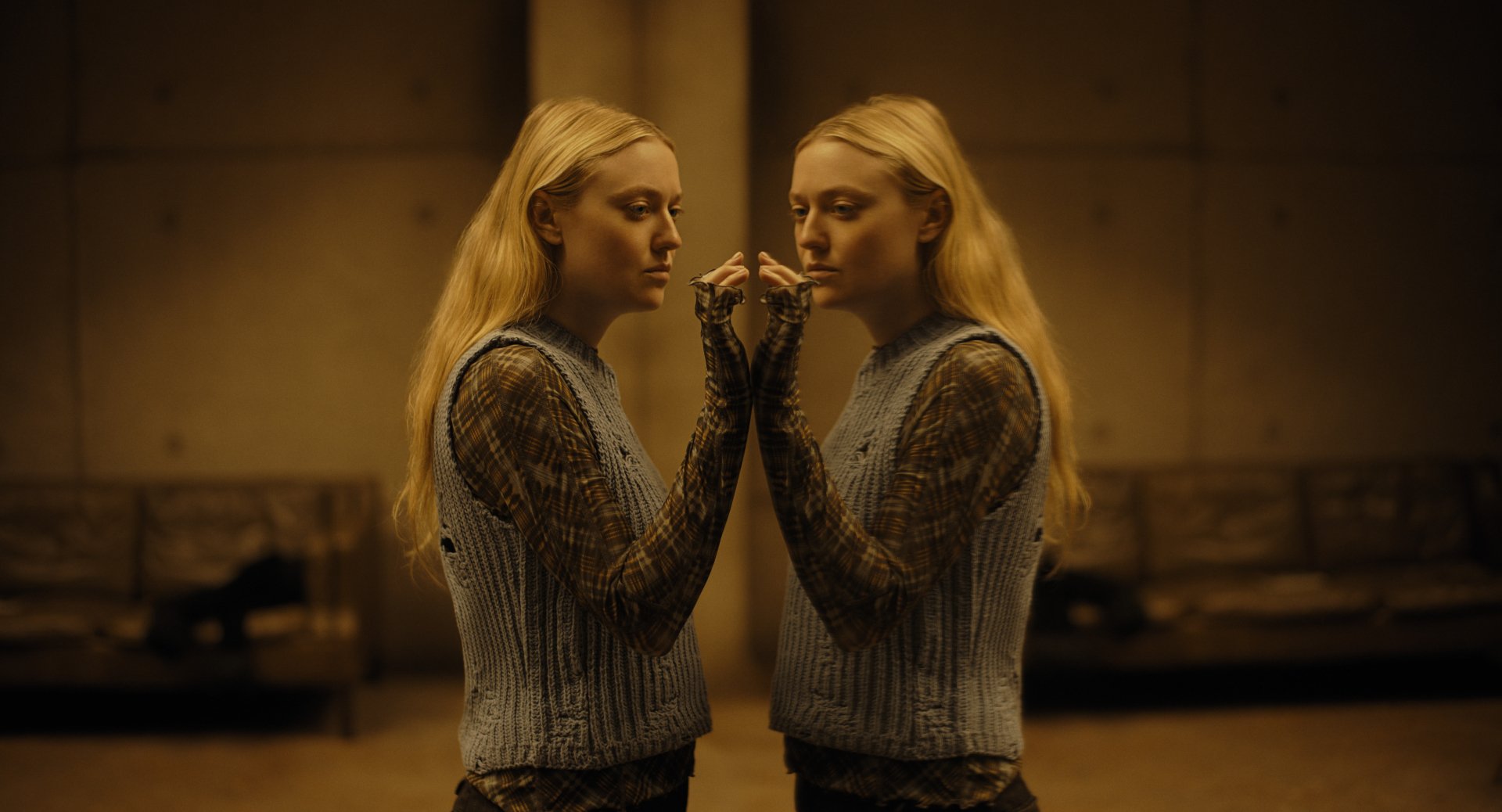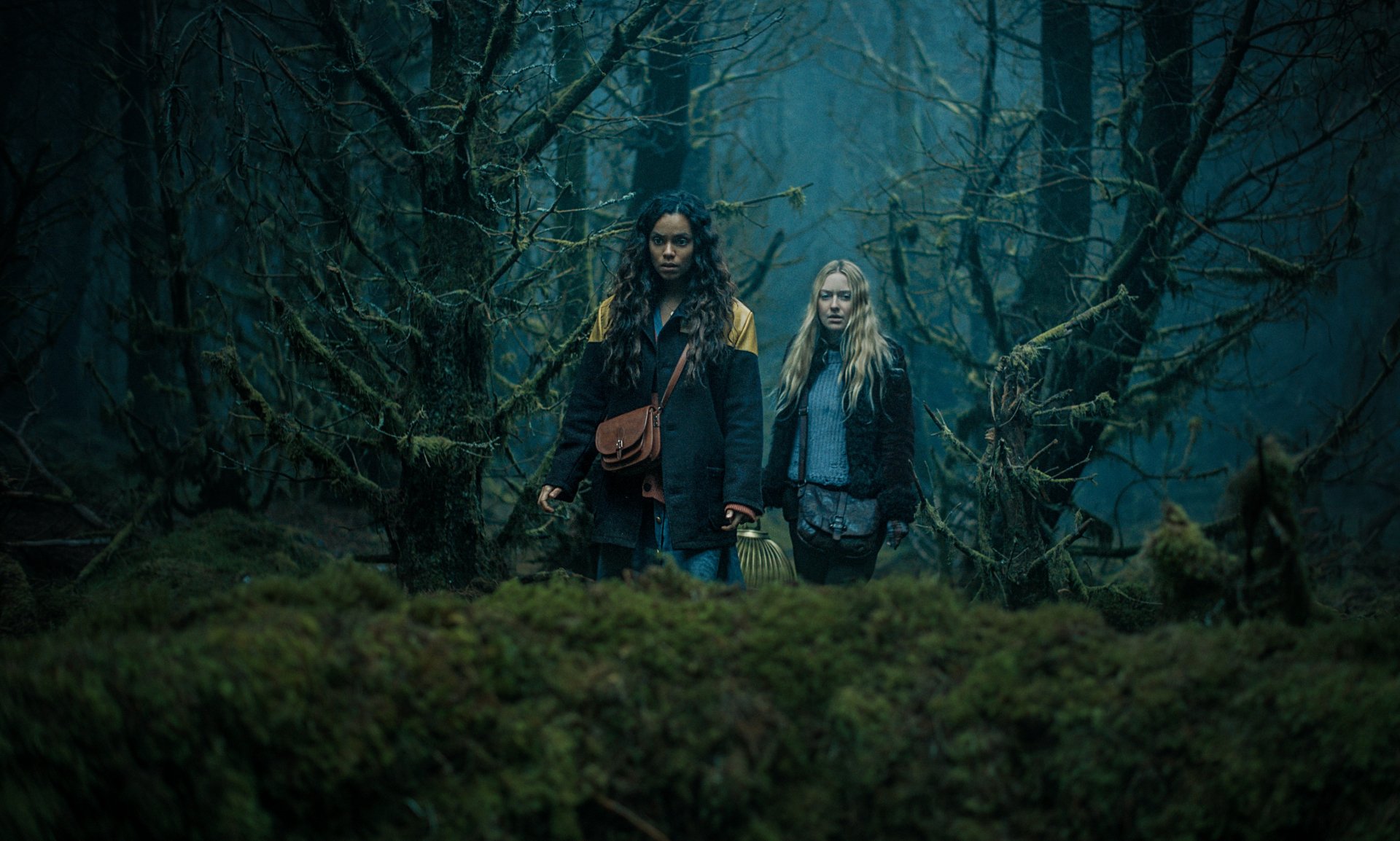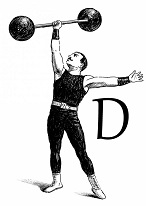M. Night Shyamalan may not be close to being one of the best filmmakers of this era. However, he is among the most appreciated and respected due to his work ethic and inability to pull the same strings twice. He opts for bigger swings and intriguing concepts rather than going with the flow of the times. Shyamalan indulges in plot twists and delves into the film’s mystery to keep the audience guessing what route he is threading through. Whether it is “seeing dead people” in “The 6th Sense” or the grounded natures of heroes and villains in “Unbreakable” (and later in his career, “Glass”), he has always made audiences eager to know what’s coming next. And it seems her daughter, Ishana Night Shyamalan, got inspired by his work to create and construct her mysteries in a cinematic form.
The Critical Element in the Shyamalan Name Fails This Time Around
For her directorial debut, Ishana Night Shyamalan has decided to adapt A. M. Shine’s novel “The Watchers” to the Big Screen. On paper, the book is a work that fits the Shyamalan touch, as it blends horror and thriller sensibilities while gouging in the uncertainty of the characters—the critical element in M. Night Shyamalan’s filmography. Throughout the film’s first act, you see glimpses of Ishana’s influence from her father and her unique touch, with some nice, haunting images and sequences that put you in the headspace of the doubtful, slowly brooding characters. But sooner rather than later, everything turns into a horrific mess of unnecessary plot exposition dumps and over-explanation that makes the narrative ineffective without tension.
“The Watchers” begins with a literal and figurative cold open. A man, whom we later know is called John (Alistair Brammer), is being hunted down by something. Is it another man wielding a weapon of some sort? Is it a creature thirsty for blood? We don’t know exactly, but John is trying to run away. He keeps finding a hiding place or an escape route. But he notices that he is running in circles. A curse plagues these woods, not letting anyone get out that easily. With chills down his spine, John grows exasperated and anxious that there might be no way out. And at that moment, something captures him—leaving his crawl marks on the mossy grounds of these hidden, dangerous woods.

We then meet Mina (Dakota Fanning), a blonde young girl working in a small pet shop in Ireland. She is still grieving the death of her mother fifteen years ago. Mina feels that the incident that caused her passing was all her fault—guilt numbing her mind and leaving a shell of a human. This is the portrait of a woman who is struggling to recover from the wounds of the past. To keep her mind off her mother’s death anniversary, Mina takes a rare yellow bird to a museum in Belfast. As her boss mentions, a trip to the countryside will do her good. She agrees to do it with the hopes that it will ease her pain. The GPS takes her down a weird route that lands Mina in the mysterious woods we saw before.
A Routenary Act that Plagues the Film
By the work of some dark magic or storytelling convenience, it shuts down all electronics, leaving Mina without a vehicle or phone. Wandering through these woods, Mina hears strange sounds and senses that something (or someone) is following her. But she then sees the figure of an older woman from afar, which Mina immediately follows. This leads her to a shelter, which is initially thought of as a safe haven but later shifts into a forced art exposition, where Mina—alongside the other trapped guests, Daniel (Oliver Finnegan), Ciara (Georgina Campbell), and Madeline (Olwen Fouéré), the woman who led her there—to do a routinary act to stay alive. They must stare at the one-sided mirror every day at night so that whatever may lurk in these woods can observe them.
These are the so-called ‘watchers’ in the story. Why do they follow this routine? Why do these creatures want to observe these characters? Well… Ishana will answer all of these questions, even ones that you didn’t have in your mind. And that is the big problem that the film has. During “The Watchers,” Ishana Night Shyamalan lets us know all the details behind these forced acts and the connection with the beasts on the other side of the mirror. It all comes out quite interesting at first. Yet, how she explores and uncovers the narrative and its themes causes the viewer to scoff at her for the overly expository and explanation-driven narrative that treats the audience like they are dumb.

Everything is told to us in full description, whether it is the creatures’ meaning (and lore) or the “climactic” plot twist, which arrives without shock or much of a reaction for this exact reason. Nothing is left up to the viewer’s imagination; you are being forcefully spoonfed just like the characters must go to the mirror daily. M. Night Shyamalan has been criticized for doing that from time to time. One of the few things that hurt his underrated film “The Village” is that near the end of the film, a character (coincidentally played by the director himself) explains the entire story, even when it was stated obviously via a photograph minutes earlier. This excuse of a storytelling technique removes the viewer from the experience. Your disconnection with the film depends on how engaged one is with the story, which, in my case, is very much.
A Filmmaker Should Always Trust the Audience
Filmmakers should trust the audience to keep up or be imaginative to figure things out and come to their conclusions. After watching a movie, the conversation is one of the most critical aspects of watching cinema. When a filmmaker overly explains everything to the viewer, including things that aren’t necessary, they are looking down on them. With the element of ambiguity, you get a more mysterious, ethereal atmosphere. Coincidentally, its scenes are more potent because people can look at things from many different perspectives. You see how Ishana has a small yet good grasp of the genre. With the help of cinematographer Eli Arenson, she creates some haunting images that reflect on letting go of the past and the universal language of grief.
Mina’s experiences in the woods are the different stages of the grieving process. Each day is more challenging than the other until you finally accept it. More dialogue or narration isn’t necessary to prove the connection between the creatures and grief, especially when it is obvious. This could have been her own “The 6th Sense.” She may get up from this sooner rather than later. Ishana is still young and, based on interviews I have seen, full of bright ideas. But “The Watchers” culminates as a miscalculation on all degrees, with occasional scenes and images hinting at her potential. Meanwhile, the rest don’t service the premise or the audience because there’s no trust.

“The Watchers” hit theaters worldwide theaters on June 7th, 2024.


